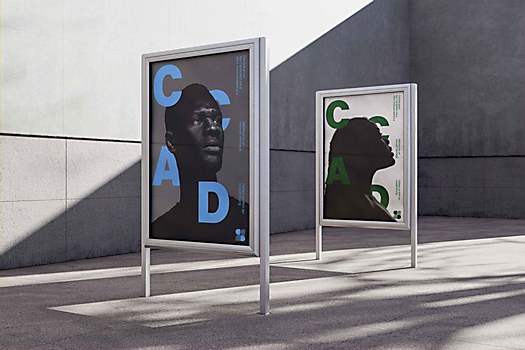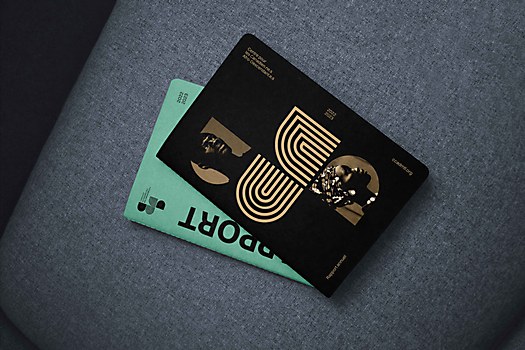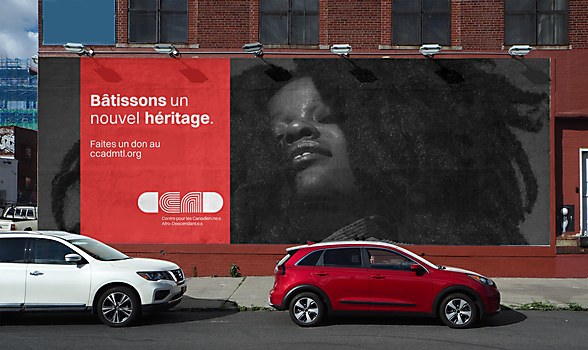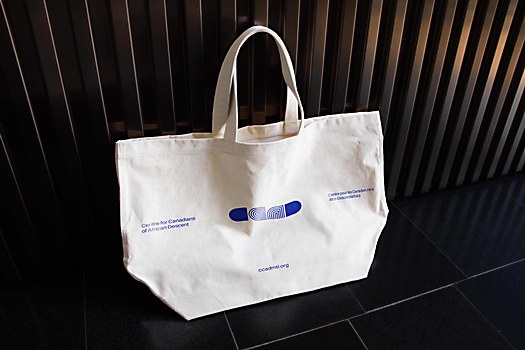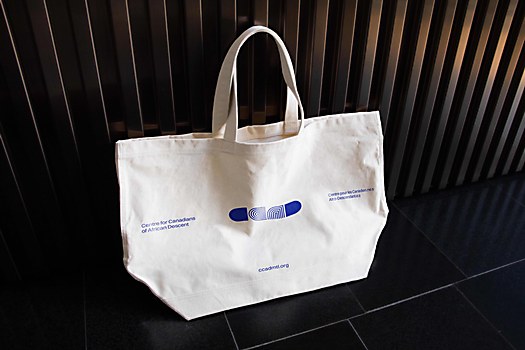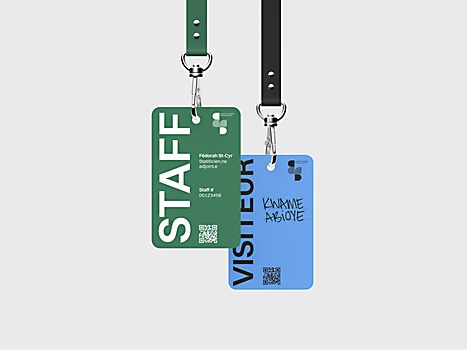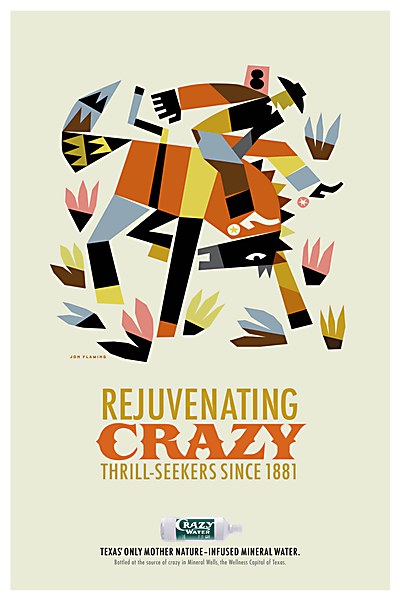Responses by Ash Phillips, creative director, Six Cinquième.
Background: The project’s purpose was to assist the Centre for Canadians of African Descent (CCAD) in establishing connections and engaging with the diverse population of Black Canadians in Montréal, as well as the broader community. The CCAD’s vision was to create a modern rendition of the former Negro Community Centre (NCC) that would serve as an inclusive, inviting space, celebrating the diverse cultural identities and experiences of Black Canadians. Throughout the project, the CCAD proudly acknowledged the dual heritage that defines the identity of Black Canadians, recognizing their proud Canadian identity alongside their African roots.
Design thinking: The driving force behind our solution was to go beyond a mere logo design for the CCAD. Our goal was to encapsulate the essence of CCAD while paying homage to its historic roots, cherishing the legacy of the NCC and forging a bold, modern path forward.
To achieve this, we focused on capturing the intangible qualities that make the Black Canadian community so vibrant and diverse. We recognized that it’s not a monolithic group but a tapestry of unique backgrounds and cultural identities woven together through shared experiences in the Canadian landscape.
Throughout our creative process, we took great care to infuse the brand with a sense of timelessness, ensuring it resonates and remains relevant for generations to come. We delicately balanced the need to honor CCAD’s historical roots by incorporating subtle elements that paid tribute to the past, drawing inspiration from traditional African prints. This fusion of heritage and modernity let us seamlessly bridged the gap between history and the future.
Challenges: Striking the balance between future and legacy. We had to introduce CCAD’s rich legacy to a new generation without it feeling overwhelming or losing the unique elements that define the organization. The project’s target audience consisted of two distinct groups: people who had personally experienced CCAD’s history, and the younger generation who only knew CCAD through stories and accounts.
Navigating this duality presented a significant challenge. On one hand, it was crucial to preserve and honor the CCAD’s history, ensuring that its past was not diluted or forgotten. On the other hand, the project sought to engage and connect with a younger audience, making CCAD relevant and appealing to those who had not experienced it firsthand.
The challenge lay in finding a way to bridge these two contrasting perspectives. How could the project capture the historical value of CCAD while also appealing to the interests and sensibilities of a younger generation? Striking the right balance between preserving tradition and embracing innovation was a delicate, complex endeavor.
Visual influences: Our solution was influenced by the captivating patterns of traditional African prints. However, we were determined not to fall into the trap of clichés or gimmicks. It’s all too easy for such inspirations to come across as lazy or overly obvious, and we wanted to steer clear of that.
To infuse the brand with meaning, we carefully selected outlined patterns for the C and A elements of the logo. These patterns beautifully acknowledged the rich, diverse experiences of having dual Canadian and African heritage, signifying both unity and individuality within the community.
In addition to paying tribute to the past, we also wanted to take a fresh approach. So, we incorporated a modern twist on the traditional African prints in the logo design, creating a harmonious connection between the past and the future.
Specific project demands: I wouldn’t classify this as a specific requirement, but a factor that greatly facilitated the project was the diverse, collaborative personnel on the CCAD team. With members spanning different generations and coming from various walks of life, their willingness to take risks and challenge our ideas provided invaluable perspectives for our approach. This diversity and openness to collaborate made the project run smoothly, enabling us to navigate the complexities of balancing tradition and innovation with a fresh, dynamic outlook. It truly exemplified how projects like these should be handled: embracing a team effort that draws upon a range of experiences and insights to achieve a well-rounded outcome.
New lessons: This project was a tremendous learning experience for us. It gave us the opportunity to dive deep into the rich heritage of Black people in Montréal, which is often not talked about enough. Hearing firsthand experiences and accounts from individuals who played a vital role in fostering pride in the Black experience in Montréal was truly special. We gained a profound understanding of the historical significance and cultural importance of the CCAD. This was the very place where Nelson Mandela chose to visit when he came to Montréal. It added immense significance to the project.











